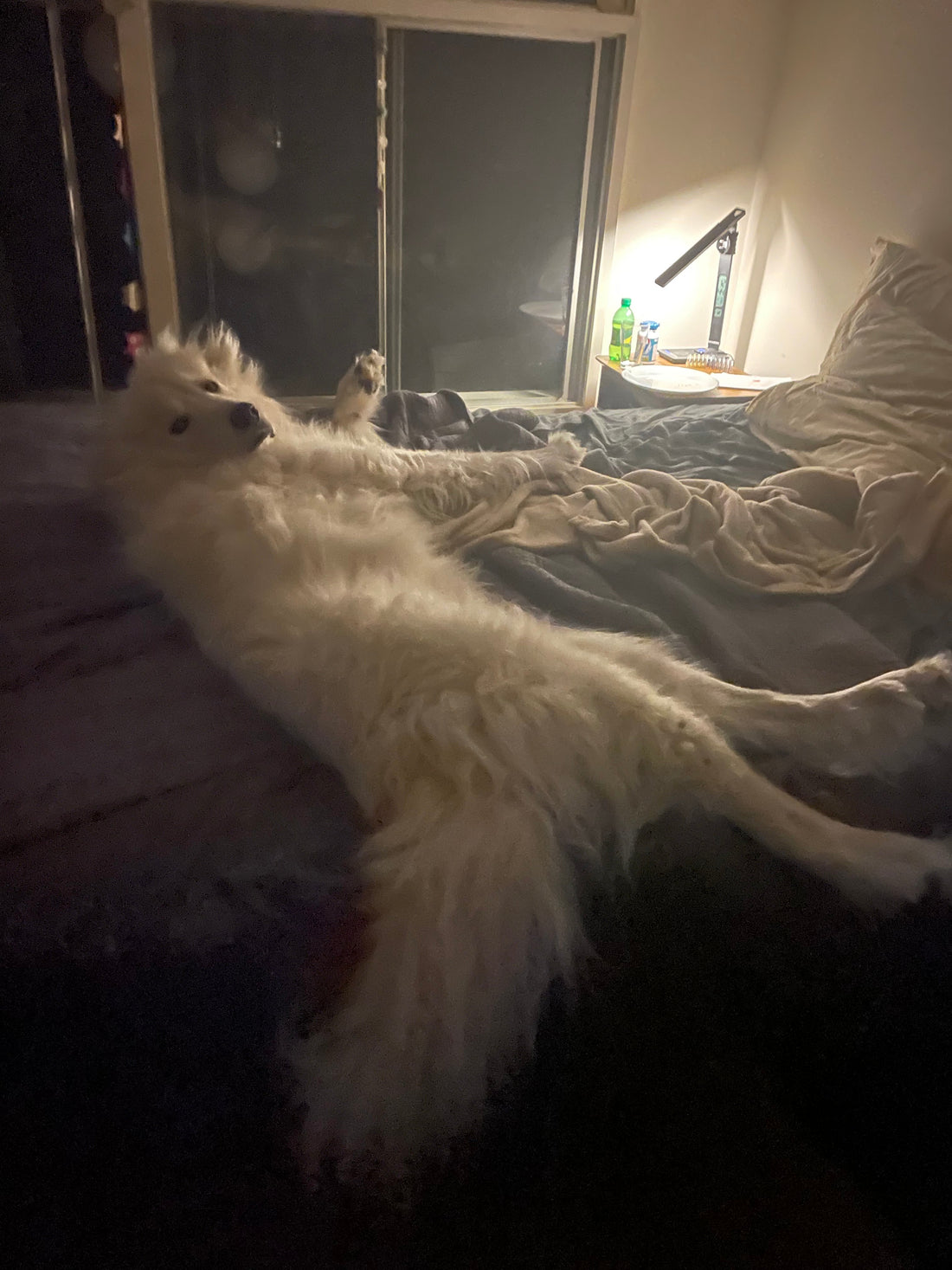
Training a Great Pyrenees: A Lesson in Patience, Bribery, and Mutual Respect
RoniLynn ShroutShare
Training a Great Pyrenees: A Lesson in Patience, Bribery, and Mutual Respect
So, you’ve decided to train a Great Pyrenees? That’s adorable. Really, I admire your optimism. Training a Pyr is a unique experience—kind of like trying to reason with a very large, very fluffy philosopher who has already made up their mind about how the world works. But don’t worry! With a mix of patience, creativity, and an excellent sense of humor, you just might convince your Great Pyrenees that listening to you is in their best interest (or at least, worth considering).
Step 1: Understanding Your Pyr’s Thought Process
Most dog breeds are eager to please. Great Pyrenees? Not so much. These gentle giants were bred to make their own decisions while guarding livestock in the mountains. That means when you ask them to sit, they have to contemplate it first.
“Is this request reasonable? Will sitting benefit me? What is the purpose of sitting in the grand scheme of things? Should I consult the wind before making my decision?”
By the time they’ve finished this internal debate, you’ve probably repeated the command six times and are questioning your life choices.

Step 2: The Art of Bribery
Forget traditional obedience training—if you want a Great Pyrenees to do something, you need leverage. And by leverage, I mean treats. Really good treats. None of those dry, store-bought biscuits. I’m talking about chicken, cheese, or whatever delicious human food they’ve been plotting to steal from your plate.
Want them to come when called? You better have a steak in hand. Want them to stay off the couch? Too bad. That’s their couch now.


Step 3: Accept That “Sit” Is Optional
Most dogs learn “sit” in about five minutes. With a Great Pyrenees, it’s more of a philosophical debate. Sure, they know what “sit” means, but will they actually do it? That depends. If the stars align and they’re in a particularly cooperative mood, maybe. Otherwise, you’re getting a blank stare and a slow, dramatic sigh.

Step 4: The Recall Challenge (a.k.a. Chasing Your Dog Across the County)
Great Pyrenees are famous for their, shall we say, exploratory tendencies. The moment they sense an opportunity to wander, they’re gone. Not running away—just patrolling.
Calling them back is an adventure in itself. You can shout their name until you’re blue in the face, and they’ll barely flick an ear. You can wave a treat in the air, and they might acknowledge you from a distance. The most effective method? Act like you’ve found something really interesting on the ground. The moment they think you’re enjoying something without them, they’ll come trotting over just to check it out.

Step 5: Barking – The Constant Symphony of “Alert Mode”
Want a quiet home? Get a fish. Great Pyrenees are always on duty, and their favorite tool is their voice. They bark at strangers. They bark at friends. They bark at falling leaves. They bark at… nothing.
Training them to stop barking is nearly impossible. Your best bet is to praise them for their excellent guard work, then redirect them with treats or an activity. Just accept that barking is part of the package and invest in earplugs.
Step 6: The “Lie Down” Command (Otherwise Known as Their Favorite Trick)
Unlike “sit,” which is up for negotiation, “lie down” is one command a Pyr will happily obey—mostly because they were probably planning on doing it anyway. These dogs love to sprawl across your floor, your bed, or directly in the doorway where you need to walk.
Bonus points if they do the classic Pyr move: The “Flop.” One second they’re standing, the next, they collapse dramatically, as if the weight of guarding the world has suddenly become too much.

Final Thoughts: Who’s Training Who?
Let’s be honest: Training a Great Pyrenees isn’t about teaching them obedience—it’s about negotiating terms of cooperation. They know what you want them to do. They just need a reason to care.
If you’re patient, consistent, and have an unlimited supply of snacks, you might get them to listen. But in the end, you’ll realize that the Pyr wasn’t the one who needed training—you were.
Welcome to life with a Great Pyrenees. It’s stubborn, it’s hilarious, and it’s completely worth it.






